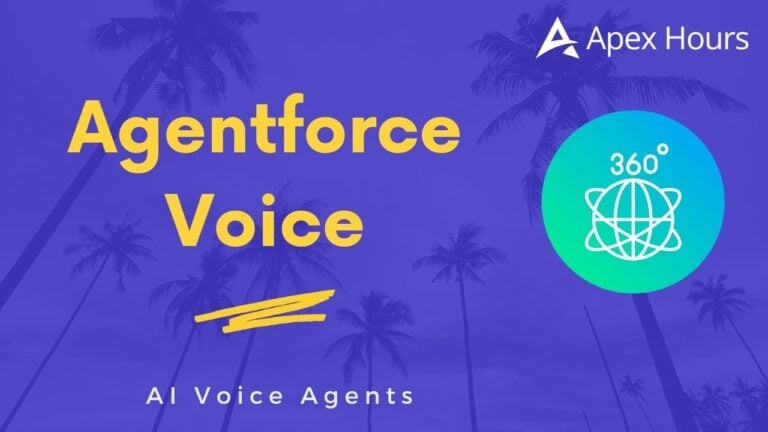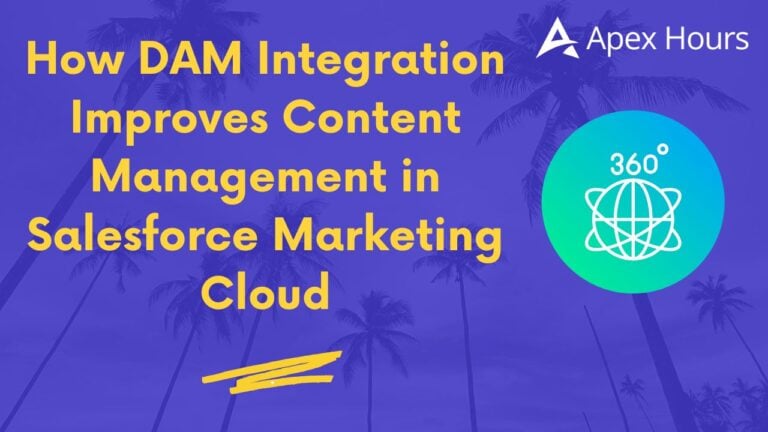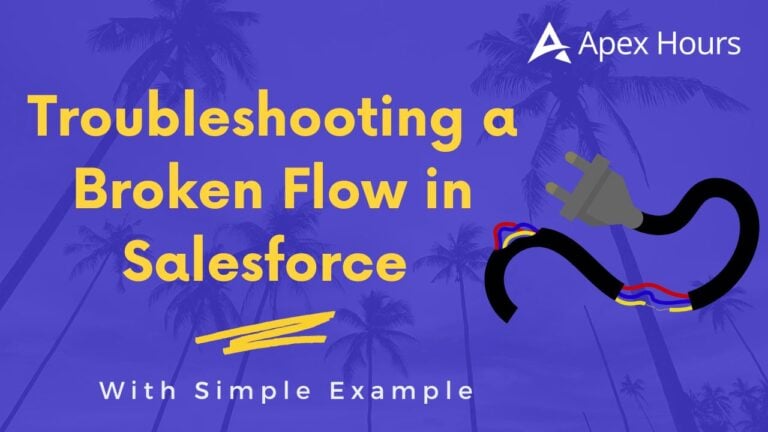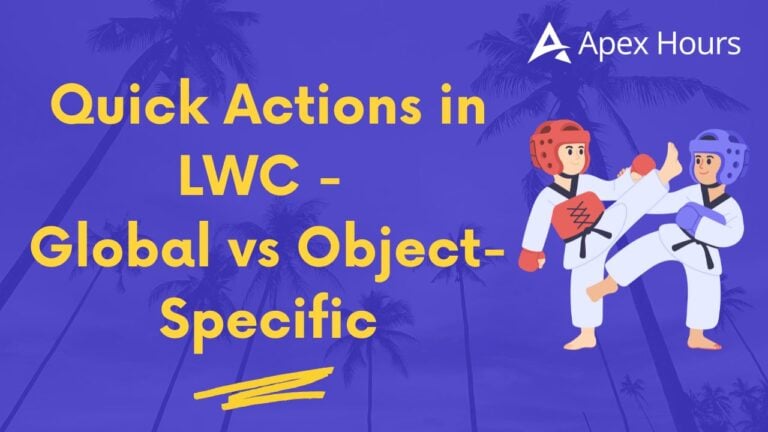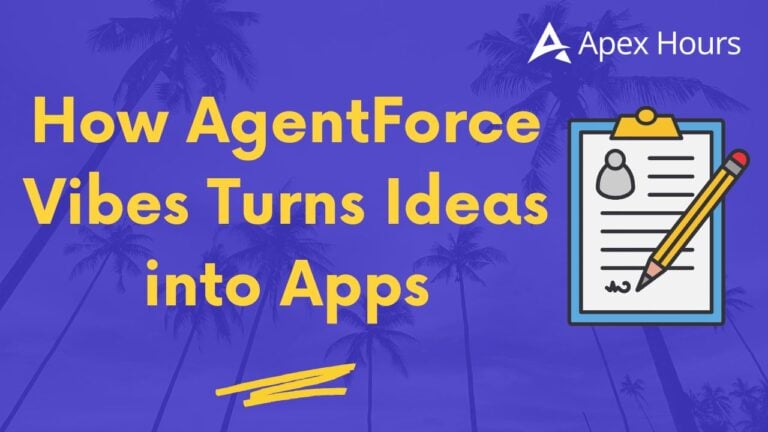
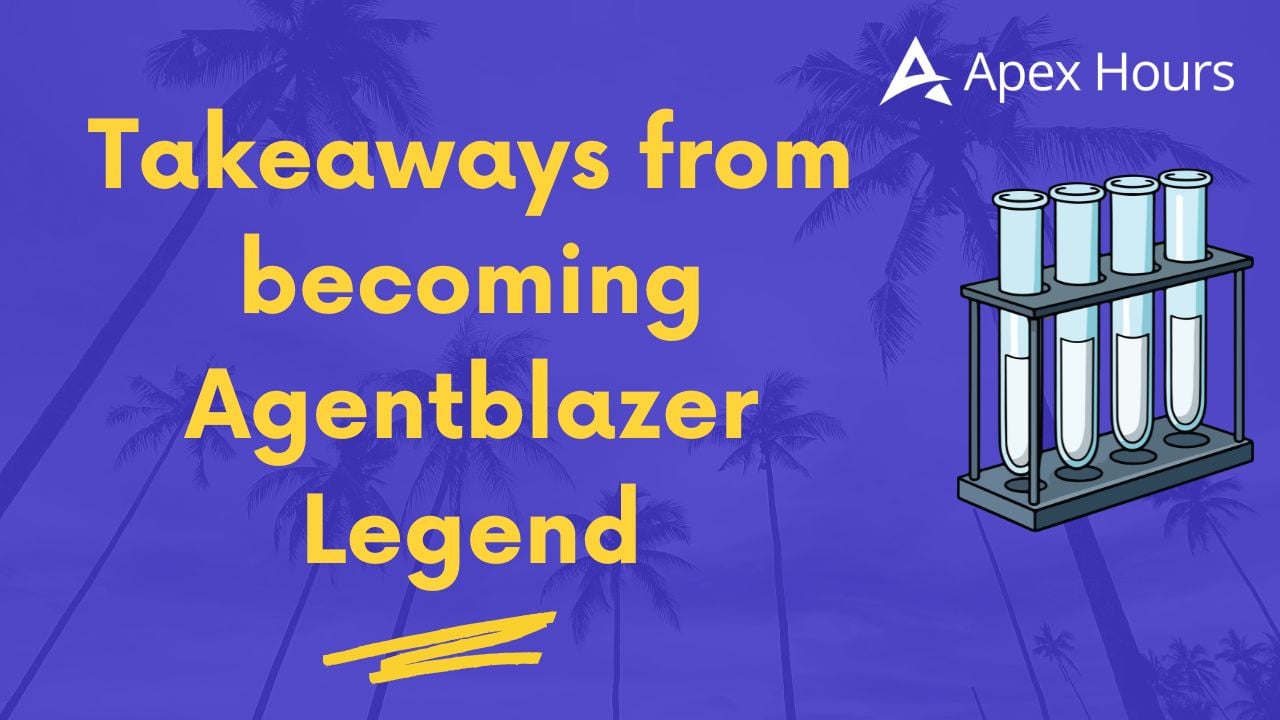
Takeaways from becoming Agentblazer Legend
It’s been a while since Agentblazer ranks were introduced by Salesforce Agentforce and I finally reached the top tier—Legend—after completing 20 hours of learning, several superbadges (which I feel have become easier), videos, and plenty of other material. Now I’m supposed to be an “expert” and torch-bearer for Agentforce implementation. But honestly: I’m still not 100 % convinced I have the right customer scenarios for this technology.
The benefits
If you already have an Experience Cloud site for your customers or partners, it makes sense to extend it with Agentforce. A conversational interface is much more user-friendly than forcing people to click around a system. Add in a knowledge base—even just a set of documents that the system can index—and you have a strong case. The integration with Experience Cloud is reasonably straightforward and you can deliver real value to customers.
If you don’t have a customer-facing site or any written knowledge to share, finding strong use-cases becomes much harder. You could use Agentforce internally—for example to summarise records or trigger actions—but for many users a simple “click a button” approach might be preferable to a chat-style dialog.
Prompt templates are, in my view, a very useful starting point. At first I disliked the idea of emails being generated from templates because each message is unique, but now I see how helpful they can be: “Hi Martin, long time no see, what happened after our last meeting about opportunity XYZ”—softer, conversational emails can save real time. And when you combine that with an Apex action pulling account info and triggering a prompt template, that’s pretty neat.
Similarly, the SDR side of things (earlier managed via marketing automation, Journey Builder, cadence tools) can be driven by Agentforce—provided the process you’re targeting is well defined. If you just hope users will figure things out on their own, you won’t get the value.
The lows
Agentforce is built around the concepts of Topics, Actions and Instructions—it’s not a blank canvas. If you want to integrate with external systems you’ll need to build Actions. If you want the agent to “do something” in the system you must define a Topic and Instruction, and link it to Actions. The good news: Instructions can be broad and can recognise varied user input, not just fixed phrases. But the effort to set it up is higher than a “just plug in and go”-tool.
From an admin perspective, this is a big shift. In the past, consultants and admins could basically implement what business requested (“do XYZ when ABC”). With Agentforce you must deeply understand the business process to prepare:
- Topics grouping together Actions
- Scope definition: what each topic covers, tone, boundaries
- Build many discrete Actions (not one big flow) so the agent can compose them; this will likely mean hundreds of flows—admins must think hard about structuring and naming
- Write specific Instructions: “If you want this, call this flow… then this flow… reply like this.” If you don’t understand the business process fully, you simply can’t do it properly.
An article by Tomas Cupr (https://tomascupr.substack.com/p/stop-prompting-start-briefing?) about shifts in AI outlines this change: moving from simple instructions to more complex assignments with full context. That’s exactly what’s required here.
Licences?
One thing the training didn’t cover: licensing. What do you need to buy? How much does it cost? There is the free Foundation edition from Salesforce but beyond that it’s unclear. Then there are many third-party applications—maybe cheaper or easier to deploy. Choosing between “build vs buy” is tough, especially in early stages of a project.
Go or no-go?
The decision is yours. I see real power in Prompt Templates and genuine curiosity about use-cases for Agentforce. At the same time: do not rush into implementing it just because it looks cool. Proper planning is essential. You need to involve the right stakeholders; the group may be broader than you first think.

